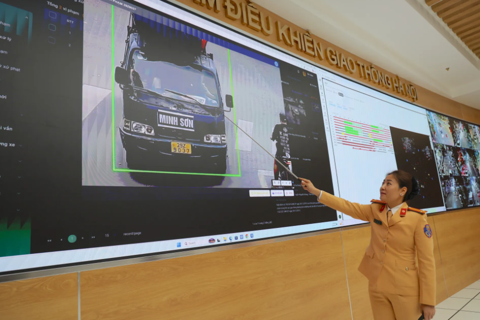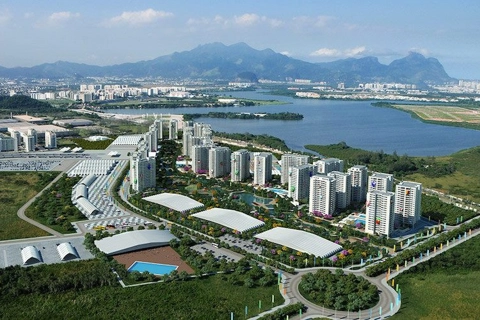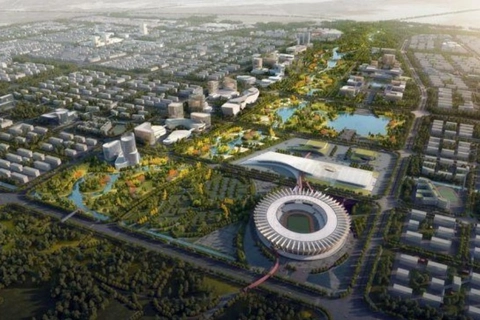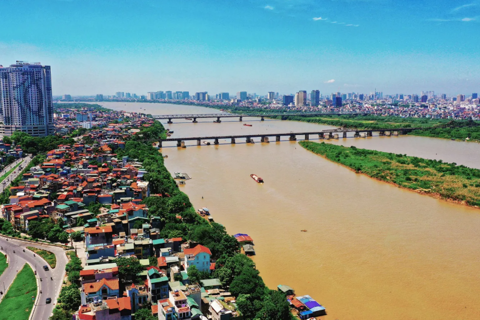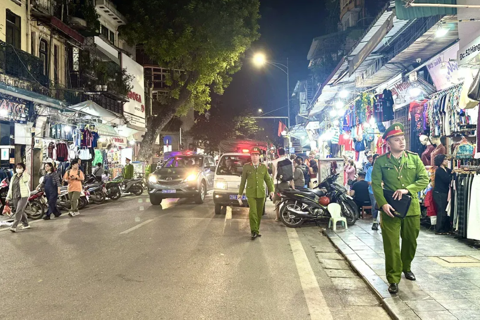Hanoi promotes green transportation for local commuters
Residents are encouraged to adopt cleaner, greener transportation and increase their use of public transit.
THE HANOI TIMES — The Hanoi Traffic Safety Committee calls on residents to adopt green transportation and reduce the use of personal vehicles to contribute to environmental protection.
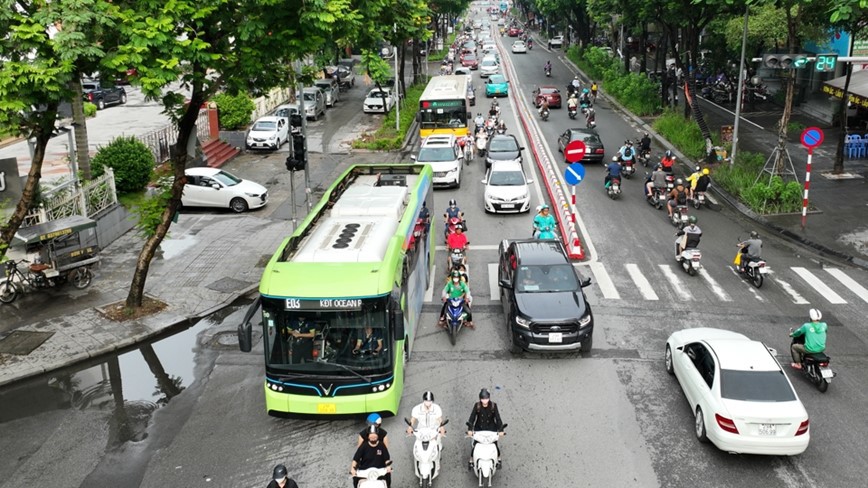
Hanoi is promoting green public transportation. Photo: Pham Hung/The Hanoi Times
The move is part of the city's efforts to implement Resolution No. 47/2024/NQ-HDND, issued by the Hanoi People's Council on December 12, 2024, on the establishment of a Low Emission Zone in the capital.
According to the committee, environmental protection in the capital remains a top priority, with strong guidance from both the central government and the city's leadership.
Amid evolving environmental challenges, especially in urban transportation, Hanoi faces urgent and complex issues that require groundbreaking solutions and coordinated efforts from all sectors, with public support playing a crucial role.
In line with Resolution No. 47/2024, the Traffic Safety Committee has urged immediate action to curb pollution in urban traffic.
The Department of Culture and Sports has been tasked with leading efforts to encourage residents - especially in Hoan Kiem, Ba Dinh, Hai Ba Trung, Dong Da, and Tay Ho districts - to switch to greener, cleaner transportation options and use public mass transit. Residents are also urged to limit the use of private vehicles, especially those powered by fossil fuels, to improve the city's air quality.
The Department of Education and Training is responsible for integrating environmental awareness into school curricula, highlighting the importance of sustainable transport, and reinforcing legal knowledge on road safety.
Meanwhile, district authorities in Hoan Kiem, Ba Dinh, Hai Ba Trung, Dong Da, and Tay Ho are asked to develop targeted campaigns to raise public awareness about low-impact transport. These efforts should be tailored to different demographics and communities, using accessible and engaging communication methods.
Local media are also expected to play a key role, dedicating daily airtime and weekly segments to policies, regulatory frameworks, and best practices in the fight against pollution.
By drawing on global and national success stories, the authorities aim to foster broad public consensus and collective action among state agencies to advance sustainable urban transport solutions.




